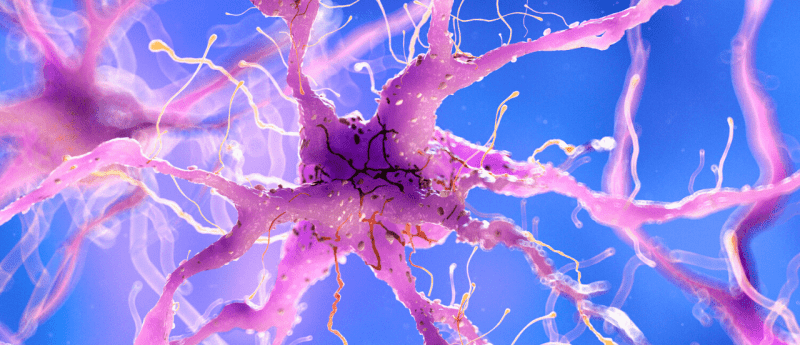Damaged nerves regenerated with polymer and protein in monkeys

A research team from the University of Pittsburgh (PA, USA) have discovered a way of regenerating long sections of damaged nerves, by creating a biodegradable nerve guide containing growth-promoting protein.
A research team from the University of Pittsburgh (PA, USA) have discovered a novel way of regenerating long sections of damaged nerves, by creating a biodegradable nerve guide that contain growth-promoting protein. This removes the need for a donor nerve or transplanting stem cells. Currently, the team have only tested this new technology in monkeys; the results have been published in Science Translational Medicine.
The nerve guide is made from a polymer tube — a material with the ability to dissolve — and filled with growth promoting protein, which gradually releases over a period of months.
“We’re the first to show a nerve guide without any cells was able to bridge a large, 2 inch gap between the nerve stump and its target muscle,” explained Kacey Marra, University of Pittsburgh School of Medicine. “Our guide was comparable to, and in some ways better than, a nerve graft.”
Peripheral nerves can regrow up to a third of an inch, however, if the damaged section is longer than that, the nerve cannot find its target and often results in neuroma.
A nerve graft is the most common treatment for nerve damage, which usually returns approximately 40—60% of motor function. Yet, Marra’s nerve guide restored nearly 80% of motor control in the thumbs of four monkeys, each with a 2 inch nerve gap in the forearm.
Two controls were used in the experiment: an empty polymer tube and a nerve graft. The research team removed a 2 inch section of nerve from the forearm of the monkeys, turned it around and sewed it back into place.
You may also be interested in:
- 3D printed implants could restore neural pathways in spinal cord injury
- Peek behind the paper: bone healing from organoids
- Inner ear cells reprogrammed to regrow hair cell-like cells
Marra’s nerve guide demonstrated the same functional recovery as the best-case-scenario graft, however, compared to the graft, the nerve guide better replenished Schwann cells, resulting in restored nerve conduction. It took a year for both the graft and the guide to regrow the nerves. The empty guide performed considerably worse in all aspects.
“There are no hollow tubes on the market that are approved by the FDA for nerve gaps greater than an inch. Once you get past that, no off-the-shelf tube has been shown to work,” commented Marra.”That’s what’s amazing here.”
Source: Fadia NB, Bliley KM, DiBernaardo GA et al. Long-gap peripheral nerve repair through sustained release of a neurotrophic factor in nonhuman primates. Sci. Transl. Med. 12(527) doi:10.1126/scitranslmed.aav7753 (2020);https://www.eurekalert.org/emb_releases/2020-01/uop-rrd011720.php